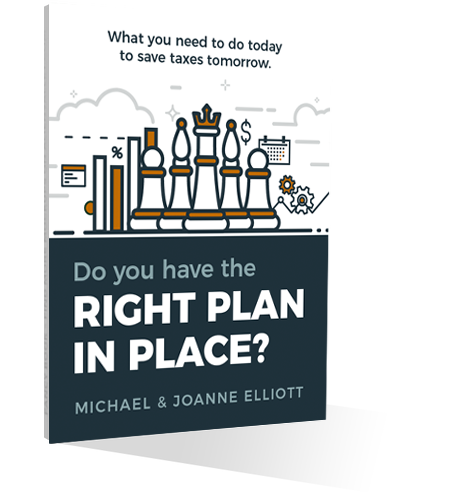Joanne Elliott is moderating a panel discussion on Real Estate Tax Incentives in #CookCounty. Too often, the opportunity to secure an #incentive is missed due to lack of knowledge. Don’t miss your (or your...
Real Estate Tax Incentives to Attract and Retain Businesses in Cook County: A Discussion with the all the Experts
February 8, 2021


